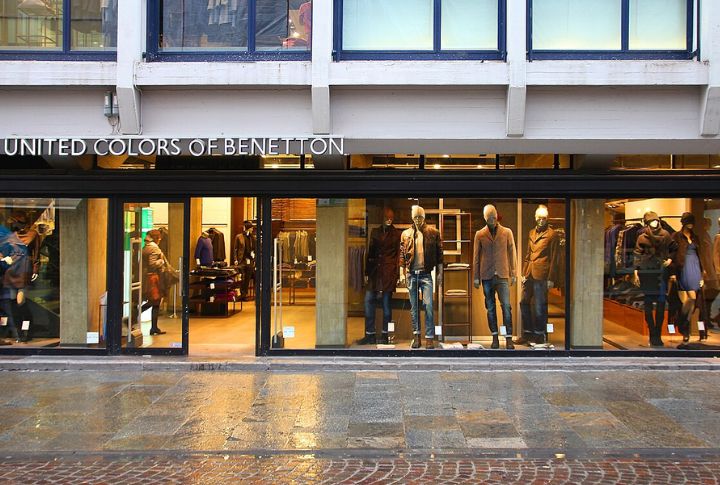
Once upon a time, a logo sweatshirt or bold pair of jeans could define an entire teen identity. Many brands did just that for a while. However, as pop culture swerved into new directions, some of them struggled to catch up. This is a throwback to 10 fashion brands that once ruled Gen X closets, then quietly disappeared before Gen Z even got a chance to wear them.
Hypercolor

Heat-reactive clothing that changed color was the magic of Hypercolor in 1991. Launched by Generra, these T-shirts sold like wildfire: $50 million in three months. The thermochromic dyes faded fast, especially if ironed or machine-dried. Still, for a moment, they felt like wearable science.
Wet Seal
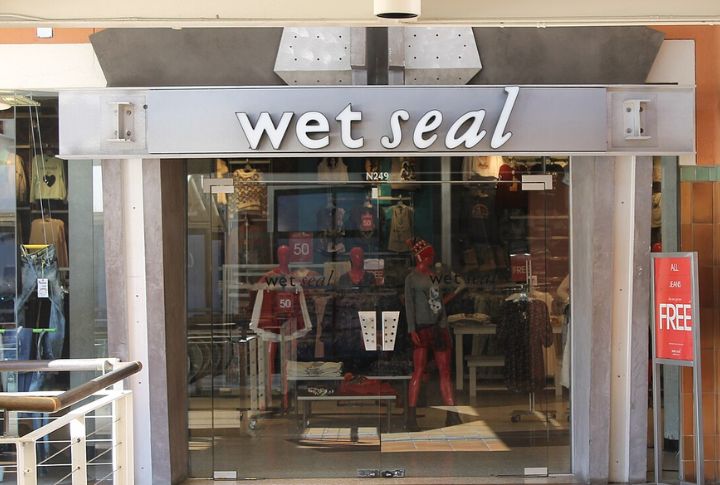
Shopping at Wet Seal was a whole vibe. Loud playlists and teens everywhere. By the 2000s, fast fashion moved quicker than it could keep up. Eventually, every store shuttered. What remained is the memory of neon lights and weekend mall hangs.
LA Gear
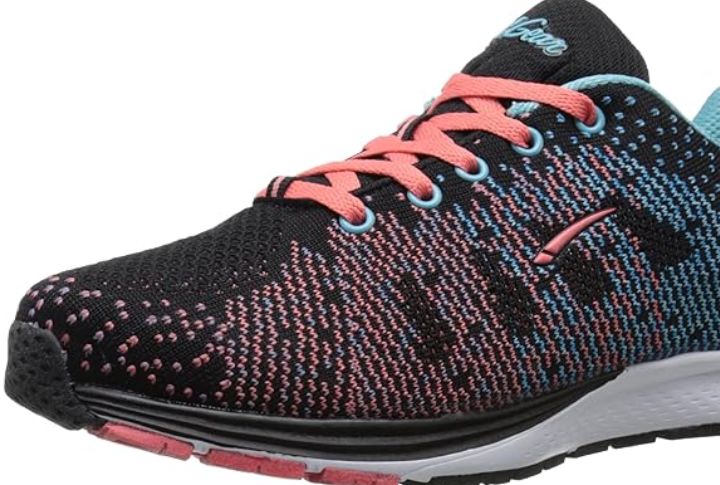
If it lit up, it was cool; LA Gear made sure shoes did just that. In 1990, it was trailing only Nike and Reebok. With celebs like Michael Jackson backing it, the brand soared. After filing for bankruptcy in 1998, its shine dimmed, and the light-up soles faded out.
Cache
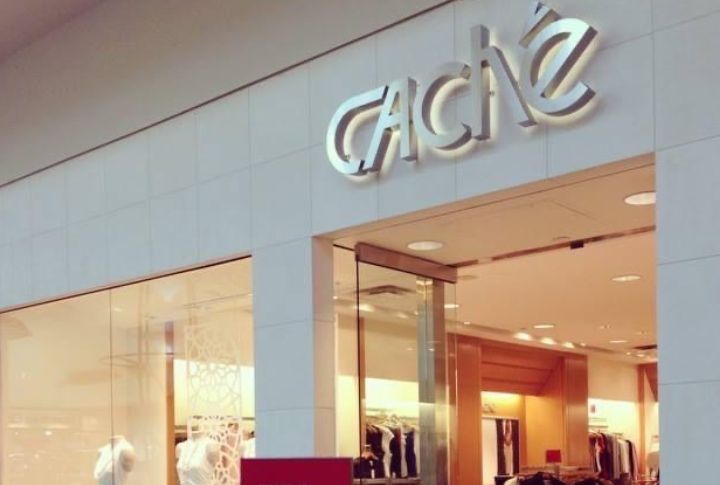
There was a time when Cache was the spot for red carpet-worthy dresses at the mall. Known for sleek eveningwear and career pieces, it dressed the ‘90s power woman in sparkle and confidence. But as fast fashion surged in the mid-2000s, elegance took a backseat and Cache quietly vanished from the scene.
DELiA*s

Remember flipping through catalogs, circling everything? dELiA*s gave every ‘90s girl her own dream closet in print. Neon butterfly tees and chunky platforms defined its look. Sadly, by 2014, bankruptcy hit. A revival came later, but the original pastel-soaked magic was already boxed up.
United Colors Of Benetton
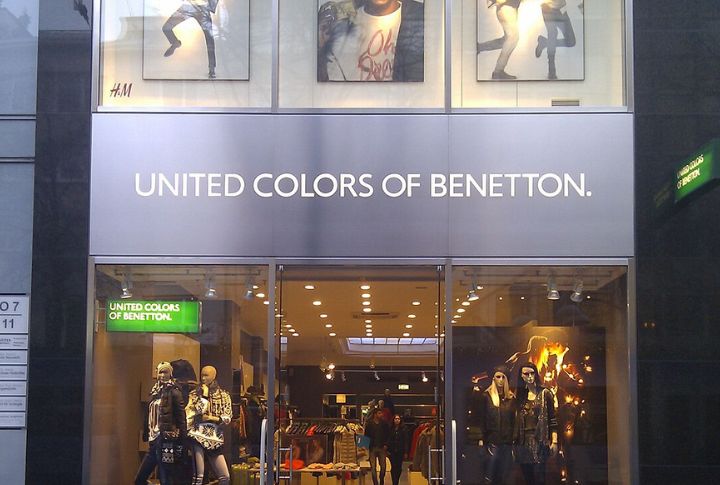
Those bold, graphic sweaters made statements. Benetton didn’t just sell knits; it pushed boundaries with edgy ads that tackled race, war, and identity. It led with courage, then by the early 2020s, losses piled up. Now, it’s barely a whisper in retail.
JNCO
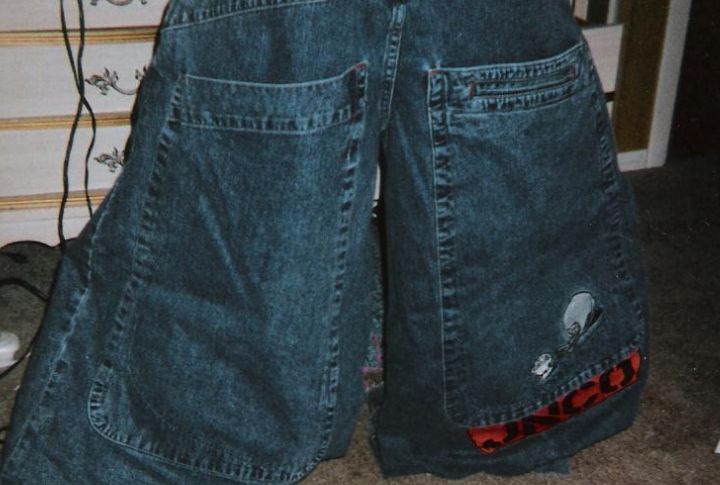
Baggy was a movement, and JNCO led the charge. Those iconic 50-inch-wide jeans turned heads and stirred up rulebooks. Despite hitting $190 million in sales, the brand went south by the end of the decade. That wasn’t the end, though; 2019 saw a low-key revival attempt.
Big Johnson

T-shirts with jokes your parents definitely didn’t approve of were Big Johnson’s whole brand. Their not-so-subtle humor made teens laugh and adults cringe. The shirts were everywhere for a second. Controversy and store bans soon followed. Funny or not, its flame fizzled before Gen Z even noticed.
Cross Colours

Fashion met purpose with Cross Colours. Launched in ’89, it was about bold color and the messages: unity, anti-violence, pride. Worn by hip-hop legends, it became a cultural flashpoint. Oversaturation and changing trends ended the first chapter. However, its mission echoed long after the clothes faded.
BUM Equipment

It only took a bold logo across the chest to feel part of something. BUM Equipment dominated late ’80s and ’90s casualwear with its sporty, no-fuss vibe. By 1997, the momentum collapsed into bankruptcy. Well, a brief revival followed, and Billy Ray Cyrus wore it in ’92.
